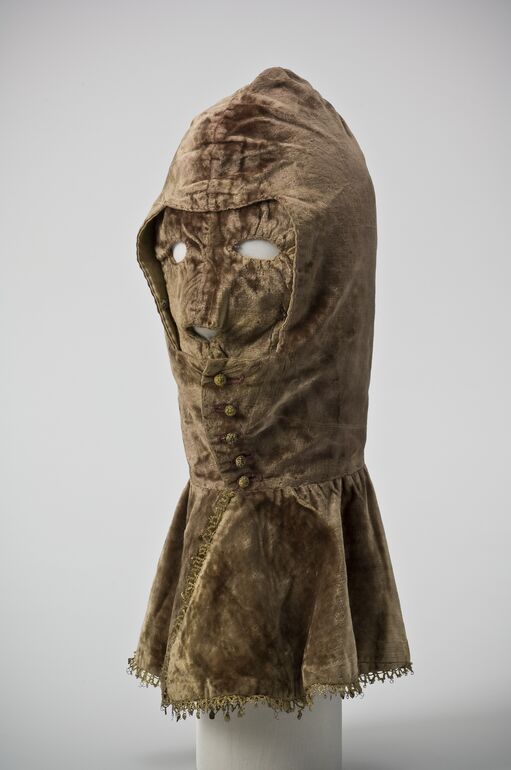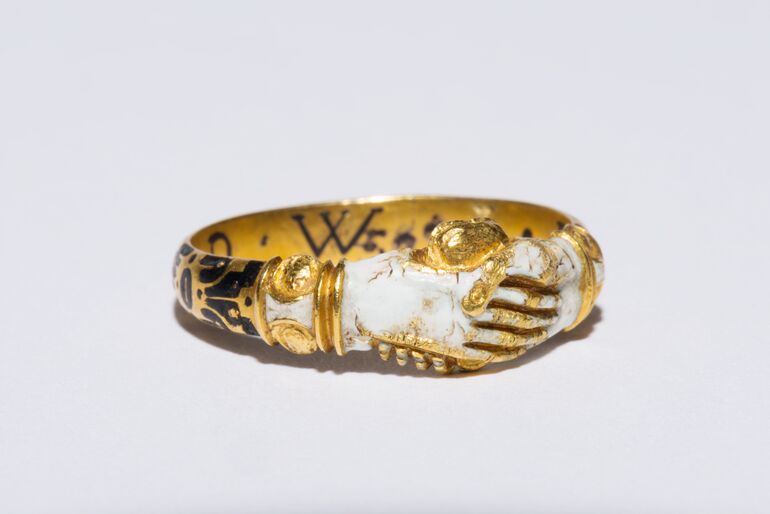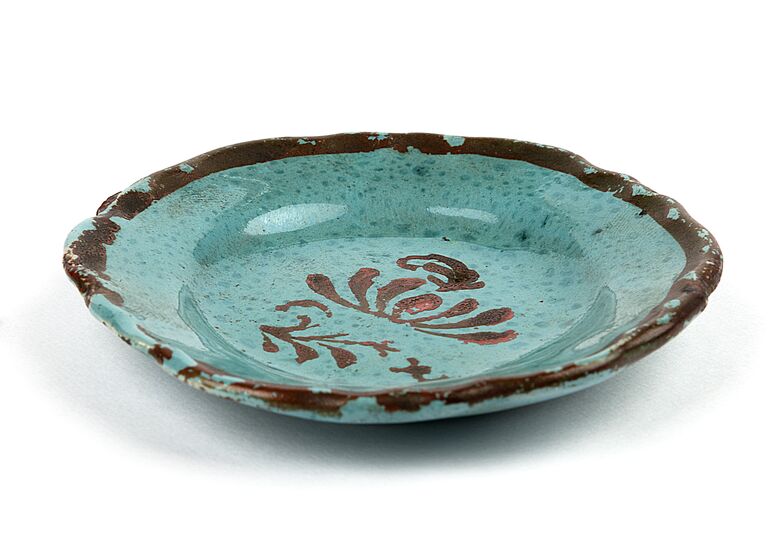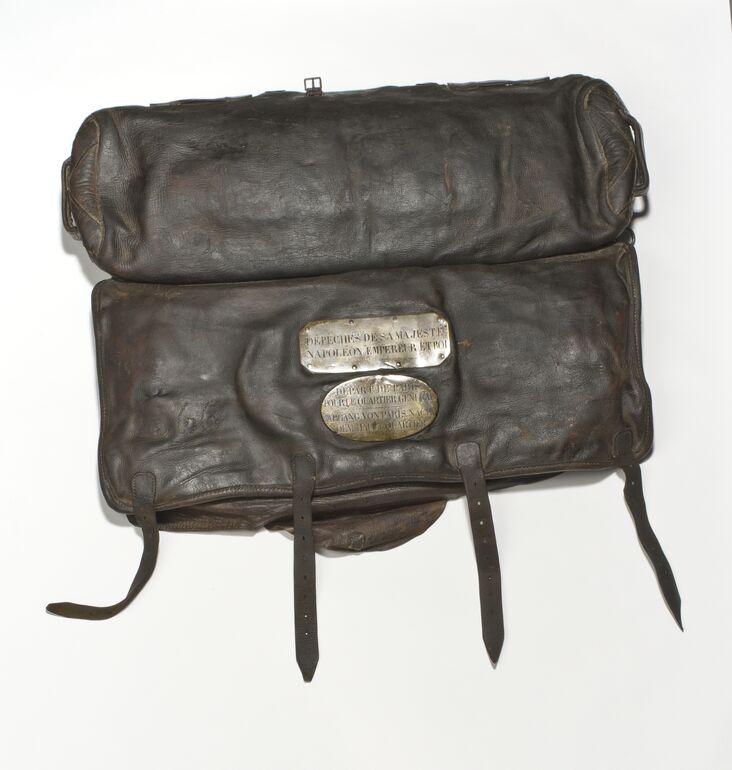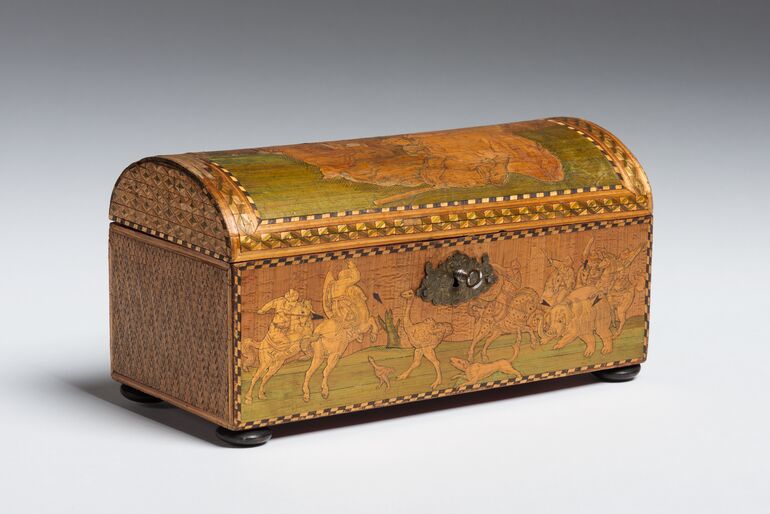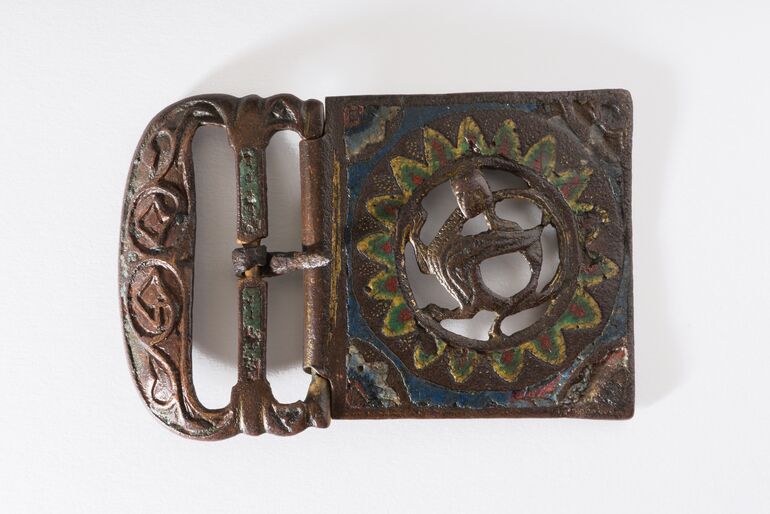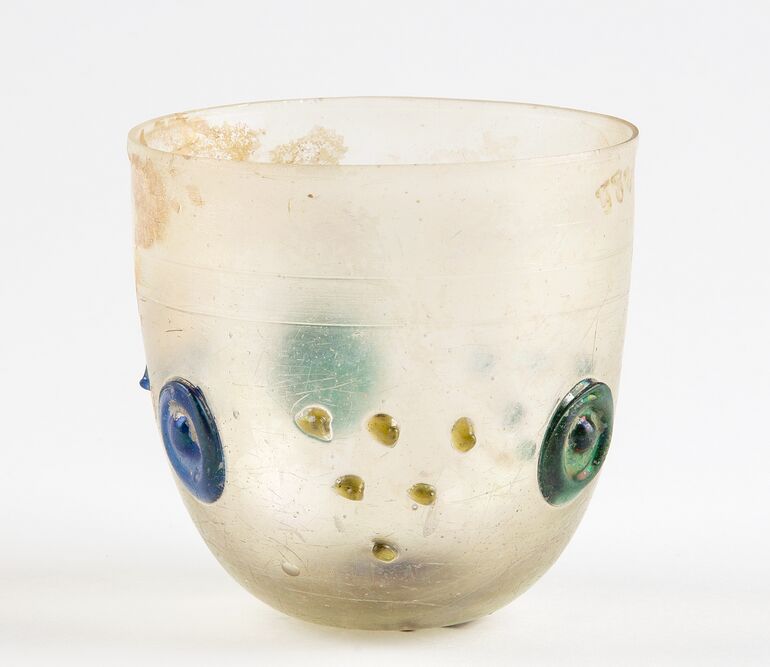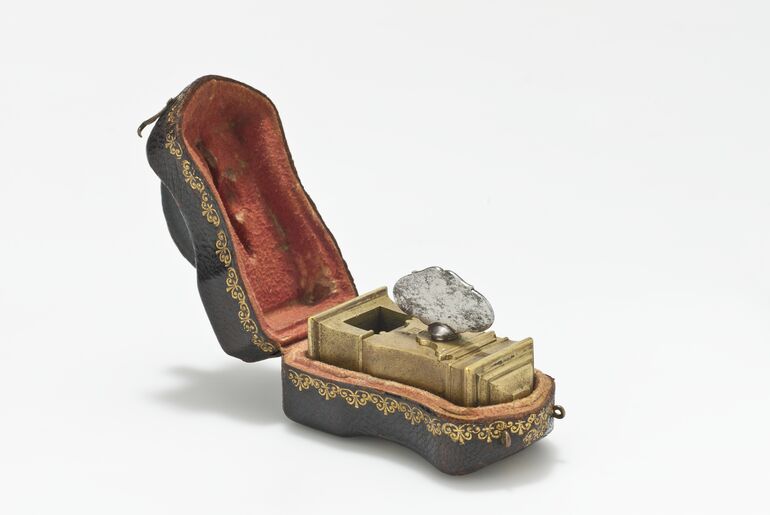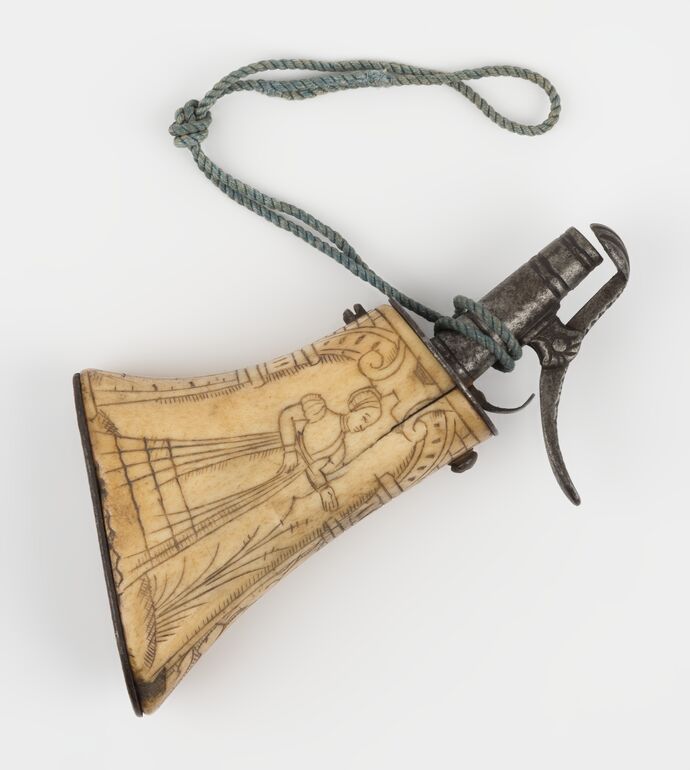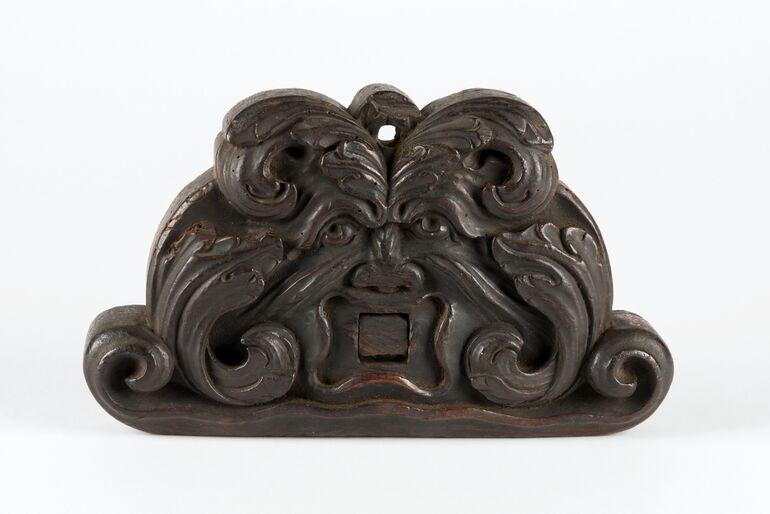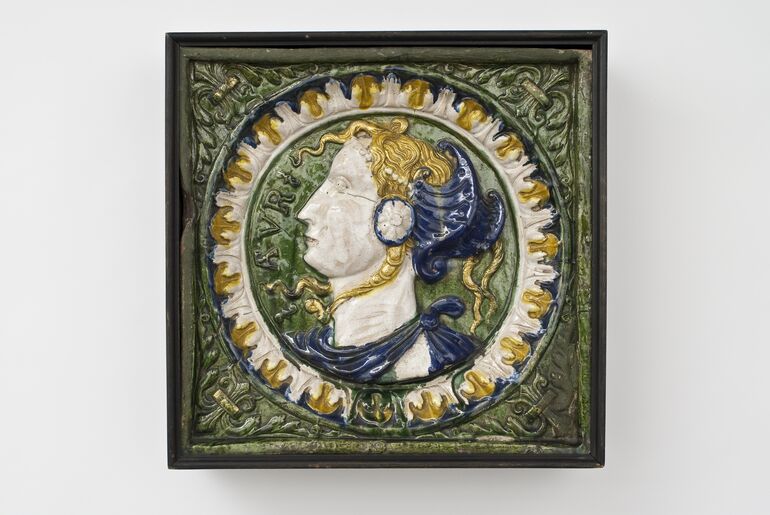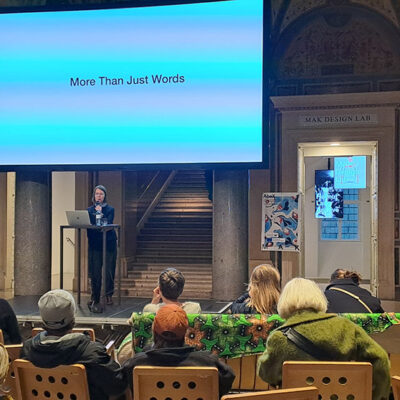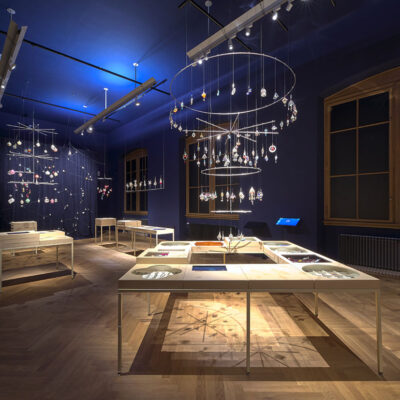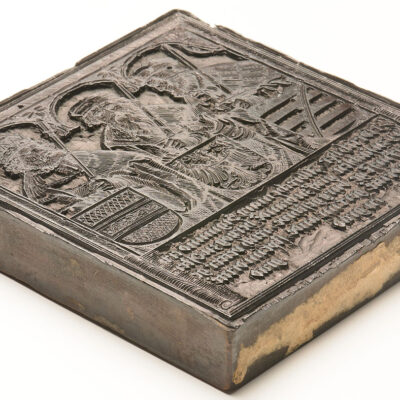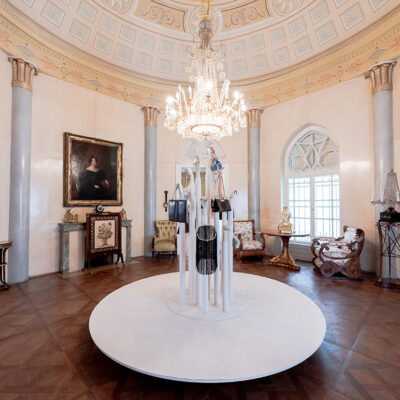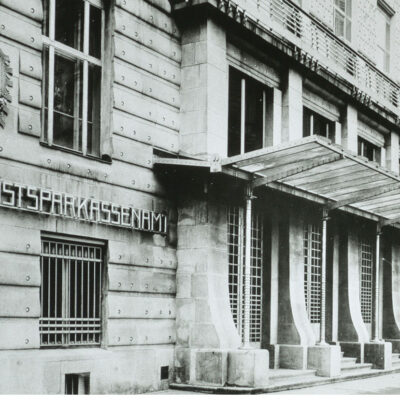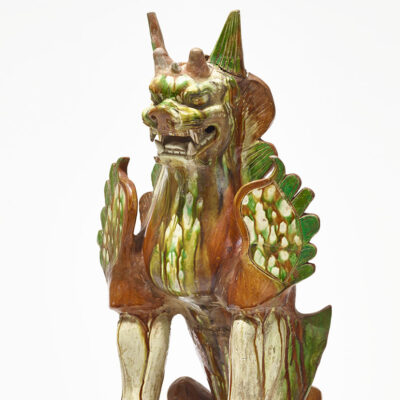The Albert Figdor collection
Album curated by: Kathrin Pokorny-Nagel, 2025
Albert Figdor (1843–1927) was among Europe’s most important art collectors during his lifetime. He invested his entire fortune in works of art and became one of Vienna’s leading patrons of art and culture. With the support of the Imperial Royal Austrian Museum of Art and Industry (now the MAK), where he was a member of the supervisory board from 1893 to 1898, and under the guidance of curator Alois Riegl, Figdor collected not only fine art but also developed a deep passion for craftsmanship, artistically designed everyday objects, and historical documents. His collecting was driven purely by personal interest—without financial motives or institutional ambitions. What mattered most to him was that each object possessed a certain “special something”: the interplay between cultural and artistic value fascinated him. Thanks to his close ties with the museum, Figdor regularly donated objects that became part of the collection.
From the photo album Collection Dr. Albert Figdor, Atelier Frankenstein, MAK Inv.nr. KI 10190
MAK/Georg Mayer, CC BY-NC-ND 4.0
Most of what is known today as the Figdor Collection, however, reached the MAK by way of a more complex path. After Figdor’s death, a lengthy legal dispute arose over his extensive estate. While his niece and heir, Margarete Becker-Walz, intended to sell the collection in its entirety, the Austrian state sought to preserve this valuable legacy and present it publicly in the Palais of Albert Figdor. Ultimately, the heir’s wishes prevailed. She transferred the collection for public auction to a consortium led by the Viennese art dealer Gustav Nebehay. To secure unrestricted ownership of the main portion, Nebehay offered the Republic of Austria a selection from the collection. In this way, around 2,000 objects were acquired by the Austrian state, transferred as a unified group to the Kunsthistorisches Museum, and exhibited there as early as 1931. At the same time, a preliminary inventory was compiled under the title “Provisional short list of the Dr. Albert Figdor Foundation.”
Following prolonged negotiations that began in 1929 and intensified between 1934 and 1936, an exchange was eventually agreed upon: the Figdor Collection at the Kunsthistorisches Museum—excluding sculptures, paintings, and Viennensia from the 19th century—was traded for medieval sculptures from the Austrian Museum of Art and Industry.

